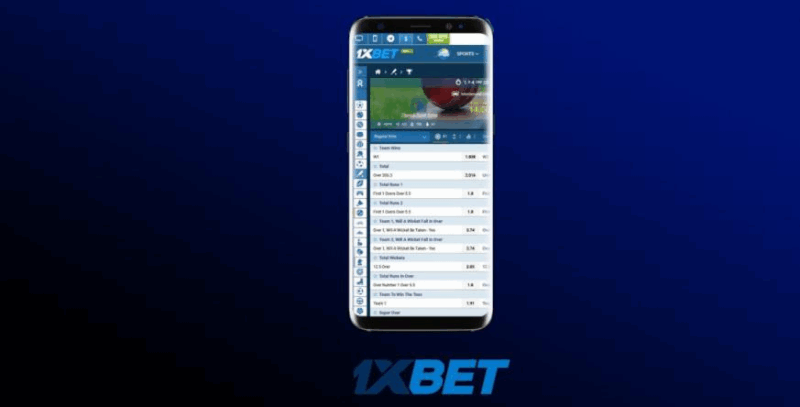NFT pictures for millions of dollars – this is only a small part of what is known about non-interchangeable token technology. Here’s a look at how it works, what is the nft trading platform and where it can be used.
Table of Contents
ToggleWhat Is An Nft Token And Why Is It Needed?
NFT, or non-fungible token, is a type of digital asset. Unlike conventional cryptocurrencies like bitcoin or fiat currencies – ruble, dollar, euro – each NFT is unique and cannot be replaced by the same token.
NFT helps creators of digital content to prove authorship. In real life, it is possible to own real estate, rare collectibles, and works of art. The author of such an object and its owner are specified in official documents that can be issued, for example, by auction houses. In addition, it is difficult to copy the original work so that it could not be distinguished from the original. This would require a professional like the author of the object. A digital painting, on the other hand, is easy to copy and misappropriate, and the real author is sometimes hard to find.
When an artist turns a digital picture into an NFT, their name is saved in the description of the token. If someone else decides to assign authorship to a digital work, it can be easily verified. This is also a plus for collectors – they will be able to see who the creator of the token is, who the previous owners of the NFT were, and when the transactions took place.
How Are Non-Replaceable Tokens Used?
NFT isn’t just used by artists. Here are more areas where the technology is being used:
- Collecting. In the digital world, it is possible to collect entire collections of NFT works and hold exhibitions in virtual worlds – meta universes. The curator will not be limited to a city or a gallery building. The subject of collecting can be not only paintings. Virtual pets or even posts in a social network can be tokenised as NFTs.
- Musicians release tracks or albums as NFTs, offering fans exclusive listening or ownership rights until official release.
- Video games use NFTs to create unique in-game items that players can buy, sell, or trade. For example buying a sword that other players won’t have.
- Tokenisation of domain names. In this case, the domain gets a cryptographic address like other NFTs. Blockchain protects the data – it is stored in a distributed system, not with companies that provide hosting. You won’t have to pay for it every month either – you pay for the domain once and get full control over it. It will be difficult for attackers to steal the rights to the site or its data.
- Selling and buying virtual land or buildings in online worlds. For example, in the Decentraland meta-universe, users can buy and sell plots of land as NFTs.
NFT is powered by blockchain technology. It allows transaction data to be stored and transmitted by writing it as a chain of blocks on multiple computers (nodes) at the same time. The data is encrypted using cryptographic methods, so it is virtually impossible to tamper with or alter it. Decentralised storage makes data more resistant to loss, censorship and hacking!







